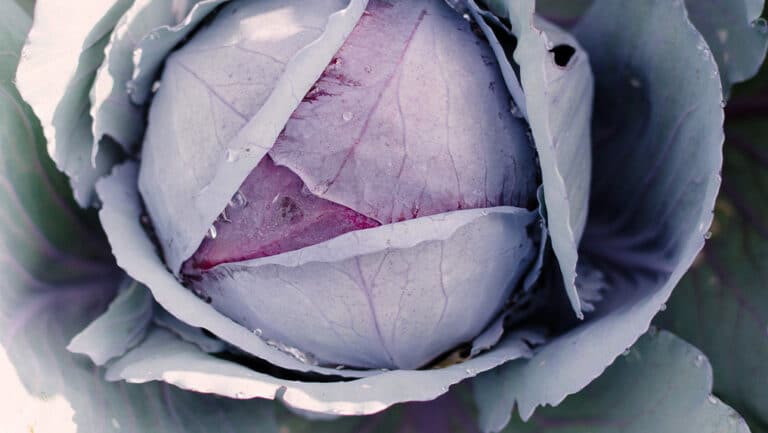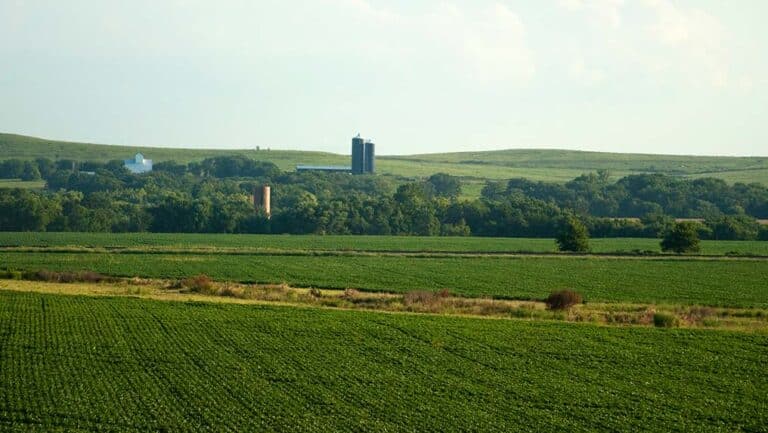Profitable Cash Crops and Farm Loan Programs to Support Your Transition
Explore the variety of valuable cash crops and the benefits of growing them.
More than a century ago, cash cropping was introduced into agricultural communities to generate additional income. When farmers began planting for upcoming seasons, they would add extra rows of certain crops to sell the surplus and generate more income to support their families and/or make payments on farm debt. The financial flexibility that cash crops afforded farmers led to higher profitability and commodity diversity within the marketplace. Rather quickly, the idea of growing crops for profit caught on. This marked the beginning of an industry-changing shift.
During the 17th century, only farmers who lived near water invested in cash crops. But as transportation methods evolved and farming technology advanced (including a little machine called the cotton gin), cash crop farming soon spread across the states—reshaping the agriculture industry into farming as we know it today.
Cash Crops vs. Subsistence Crops
These days, cash crops are a staple in the agricultural economy across the nation, regardless of geography. Cash crops, or crops grown and sold for profit, are a vital part of the American farmer’s livelihood. Before this shift to a cash crop economy, most people who worked the land did so to support and feed their own families and livestock, growing what is referred to as subsistence crops. It was not uncommon for smaller family farms to plant and harvest just enough food to feed their family. Many farmers would sell the remaining commodities at a local market if their harvest produced a higher-than-expected yield. However, as the global population and food demand grew, many smaller farms began to focus on profitable cash crops. Today, the agriculture industry is heavily supported by cash crop farming.
Ripple Effect of Growing Cash Crops
There are many benefits to growing cash crops beyond the most obvious one, which is making money. Growing and selling crops for profit can affect local, national, and global economies. They are a crucial contributor to food security in third-world countries and rural American communities. The benefit of cash crops is the ripple effect they have within communities. Higher produce and commodity yields generate more jobs, leading to more people seeking skilled trades or professions—ultimately progressing the economy further. In addition, profits from growing cash crops often re-enter the economy as farmers patronize other businesses, thus contributing to the success of local commerce.
Tried and Tested: Traditional Cash Crops
Through the years, several profitable cash crops have become high-yielding farmer favorites:
- Rice, maize/corn, wheat, and soybeans: On a global scale, rice, maize, and wheat are the most valuable earners. In America, soybeans and corn are at the top of the pack, bringing in nearly $120 billion in 2021.
- Sugarcane: In Florida, sugarcane is so profitable they call the soil it grows in black gold. Florida alone produces more than half of the entire sugarcane production in the United States, accounting for $515 million.
- Cotton: In other parts of the South, cotton is still one of the most profitable cash crops, contributing to multiple industries beyond agriculture: fashion, medical, home décor, and more.
These are just some of America’s major (and most well-known) high-profit cash crops. But tried and tested though they may be, plenty of unique, under-the-radar cash crops have serious earning potential.
Up-and-Coming Cash Crops
For those looking to diversify, here are some high-earning specialty cash crops to consider growing:
- Lavender: A disease-resistant and fast-growing commodity, lavender is a highly profitable crop with a good price. According to Penn State, a quarter-acre of lavender produces around $18,000, when sold in bunches. It also propagates easily, providing an ongoing supply.
- Ginseng: This “wild-stimulated” crop grows best in the forests of eastern and northern America. It’s possible to grow ginseng in open fields, but this crop tends to thrive under the cover of trees. Ginseng crops can sell anywhere between $300 and $700 per pound.
- Saffron: The potential for profit on saffron is considerable. Typically, it sells for a whopping $5,000 to $10,000 a pound. And while it takes around 50,000 flowers to create one pound, it only takes up a quarter acre of land! This crop prospers in dry climates with mild winters, like in California. There’s a bit of a learning curve to growing this plant, but the potential for significant revenue makes it one of the most profitable specialty cash crops in the U.S.
The Sustainability and Profitability Potential for Cash Commodities
Branching out into new areas of cash crops can do more than increase revenue. Crop rotation is proven to keep soil healthy, preventing the potentially harmful side effects of monocropping—growing a single crop on a given piece of land—which eventually depletes the soil of the vital minerals needed by that crop. Diversifying the spectrum of crops grown can also be an effective safety measure, helping growers avoid the temptation of placing “all their eggs in one basket.”
Diversify your Farming Operation with Cash Crops
Founded with roots in agriculture and an entrepreneurial spirit, AgAmerica Lending desires to bring the importance and value of land to the forefront of agriculture, supporting the nation’s 2.1 million farmers through innovative farm loan programs and loan solutions that support long-term production and success. Our spectrum of land loans are designed to give American farmers the financing they need to expand their operation, make necessary upgrades, or consolidate their farm debt. If you’re ready to diversify with cash crops or build a stronger financial future, speak to one of our lending experts today.






